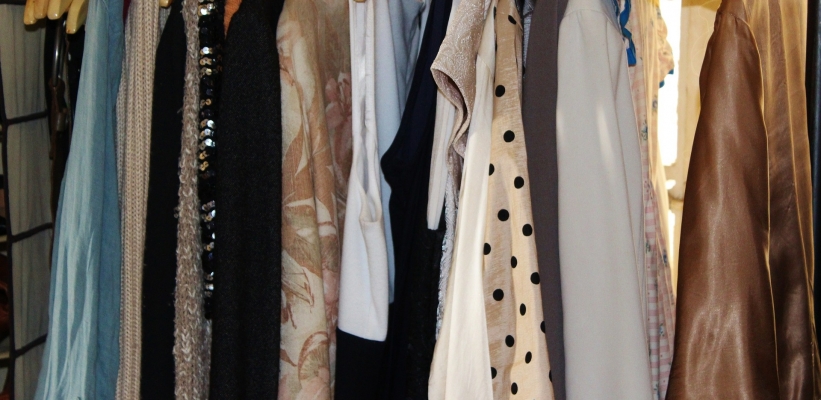How to Consign with Confidence
Ever buy a fabulous designer bag or dress that was spot on for start of the season, but then lost its appeal? No matter how much you spent, it often feels like an “ouch.” The good news is that there is an easy way to partially recoup your losses, earn money to put toward something new and give someone else the chance to enjoy your former favorite. Consignment and resale shops offer us the opportunity to sell our well-loved looks, as well as browse through a treasure trove of fabulous finds. (I’ll focus on the former now and the latter in a future post.) While it is a relatively painless process, you’ll want to be savvy seller. Here are a few things in keep in mind to ensure the highest chance of success.
Do your homework. Consignment stores come in different “shapes and sizes” so first research your options. Some consignment shops will take only top designers, while others will take any quality clothing that is not too old. Once you have gathered up the pieces you are willing to part with, do an assessment to see which category your clothing fits into. Consider the manufacturer, age and condition of the item. Call ahead of time to ask the store if they are looking for the brands and type of item you are bringing, as some have limited space and/or want to vary their assortment.
Know the payment policy. The store determines the selling price of any items they accept. Often they will give you a % once your item is sold. Some offer a 50/50 split while others will give 60/40 (60% for the store and 40% to you). Most designer consignment stores will pay out only once the item is sold. However, some non-designer resale shops will give you money on the spot once they accept your item. Make sure you inquire beforehand to determine what best fits your consigning needs.
Prep your pieces. Make sure your items are cleaned and pressed, as you will want your items to look as new as possible. Not only is this a thoughtful move on your part but a well-pressed blouse will definitely have more selling appeal than a wrinkled one and command a higher selling price. The takeaway here is that it pays to take that extra time to spruce up your salable items.
Sell same season. Unlike department stores that often stock merchandise in advance of the season, consignment and resale shops have more of a “buy now, wear now” mentality. Most shops won’t even look at, let alone accept, items that are not in the current season. This means you will need to consign fall and winter clothes in the fall and winter and spring and summer clothes in the spring and summer. So if you should realize that, at the end of this season, you’ve got some cold weather items to consign, it’s wise to clean, label and store them until the next fall. Note: a best practice is to actually schedule a reminder in your calendar so you don’t forget.
Check the hours of operation. Each store operates a little differently. Some consignment shops not only have specific hours to review items, they also limit the number of items for review. Other large resale shops (i.e. Buffalo Exchange) encourage drop-ins and are happy to sift through a large quantity of items. Just plan accordingly – and bring a book if necessary.
Don’t take it personally. Consignment stores can be extremely discerning. Even if you think your old Anna Sui sweater is the bee’s knees, it doesn’t mean that it will be what the store is looking for. They have to consider their inventory needs, what is seasonally appropriate and what their clients are buying. So if at first your item doesn’t sell, try, try again. There are many other stores (including online re-sellers) that may be happy to take your piece. Remember when consigning, perseverance pays off!






